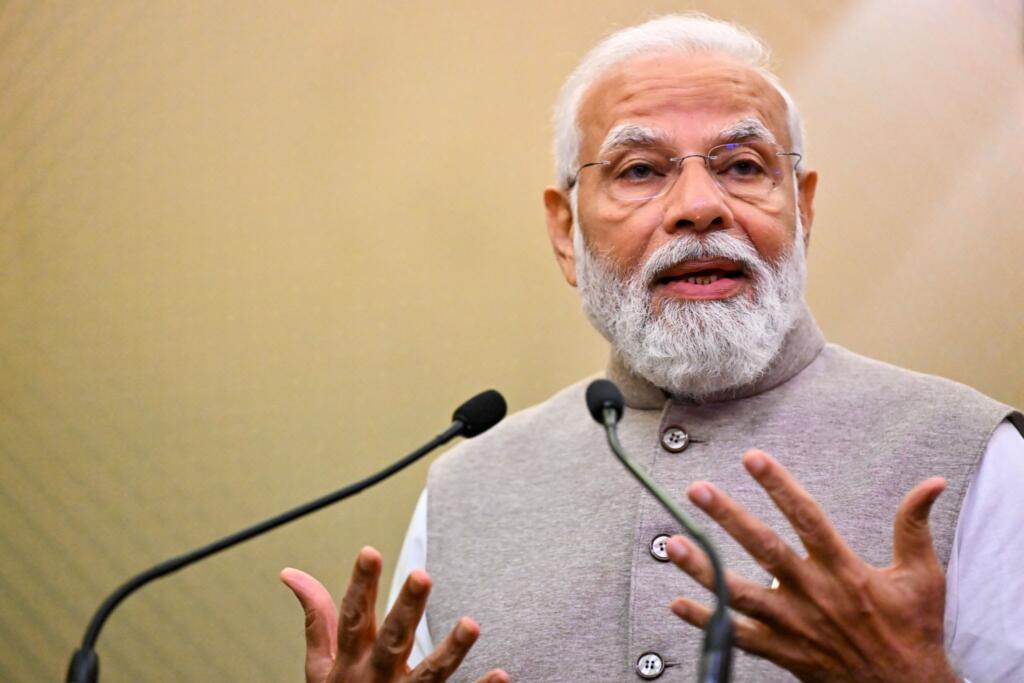PM Modi, in his address to the Lok Sabha on 4th of Febraury launched attacks upon the Indian National Congress for using caste to divide India merely for its political benefits. He also emphasised the NDA government’s commitment to empowering SC, ST, and OBC communities. Responding to the Motion of Thanks to the President’s address, he criticised those who speak about caste for political gains, highlighting his government’s concrete steps for backward communities.
“For some people, speaking about caste is fashion. For the last 30 years, OBC MPs have been demanding Constitutional status for the OBC Commission, but those who claim to support caste-based politics never acted. We granted Constitutional status to the OBC Commission and worked to increase opportunities for SC, ST, and OBCs in every sector,” PM Modi stated.
His remarks came in response to Congress leader Rahul Gandhi’s repeated calls for a nationwide caste census. Rahul recently cited a caste survey in Telangana, claiming that nearly 90% of the state’s population belongs to Dalit, Adivasi, or OBC communities. He argued that the OBC population across India is not less than 50% and questioned their representation in government and corporate sectors.
PM Modi challenged the opposition, posing three critical questions: “Has there ever been a time when three MPs from the same SC family served simultaneously? Has this happened with any ST family? There is a vast difference between their words and actions.” Strikingly, it was an apparent dig at Rahul Gandhi’s shrill identity politics, caste based politics where he resorts to caste profiling in virtually every profession, be it bureacracy, media, judiciary, social media, army, even in Miss Diva type of contests. In a reverse UNO on the Gandhi scion, PM Modi made the remarks as a swipe on the dynastic politics of the Gandhi family where three MPs from their ‘first royal family’ are present in the Parliament, namely – Sonia Gandhi, Rahul Gandhi, and Priyanka Gandhi.
He also highlighted improvements in education for backward communities under his leadership. Before 2014, there were only 3,800 MBBS seats for ST students; today, that number has increased to nearly 9,000. MBBS seats for OBC students rose from less than 14,000 to around 32,000. He further noted that in the last decade, a new university has been established every week, an ITI every day, and a college every two days, significantly increasing opportunities for SC, ST, and OBC youth.
